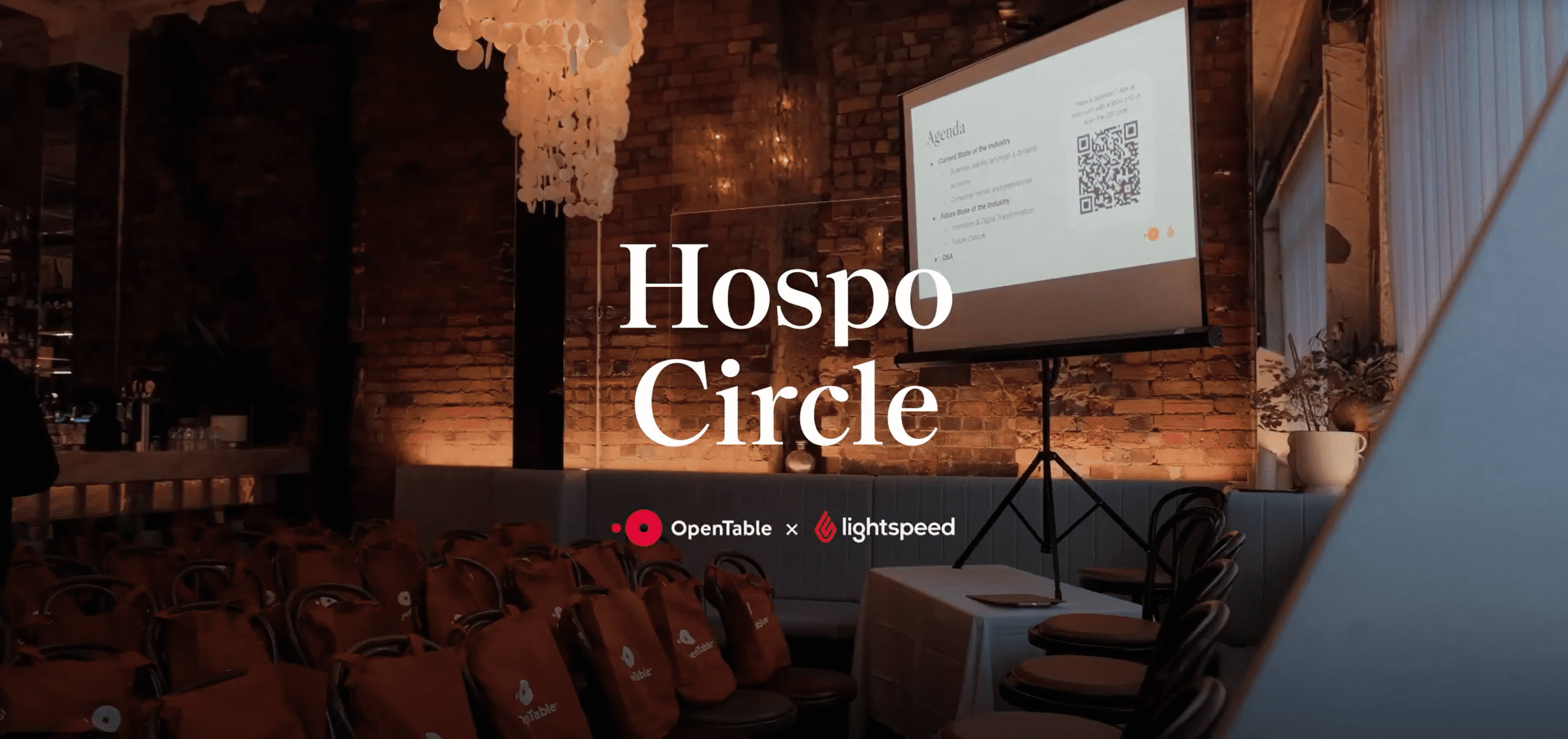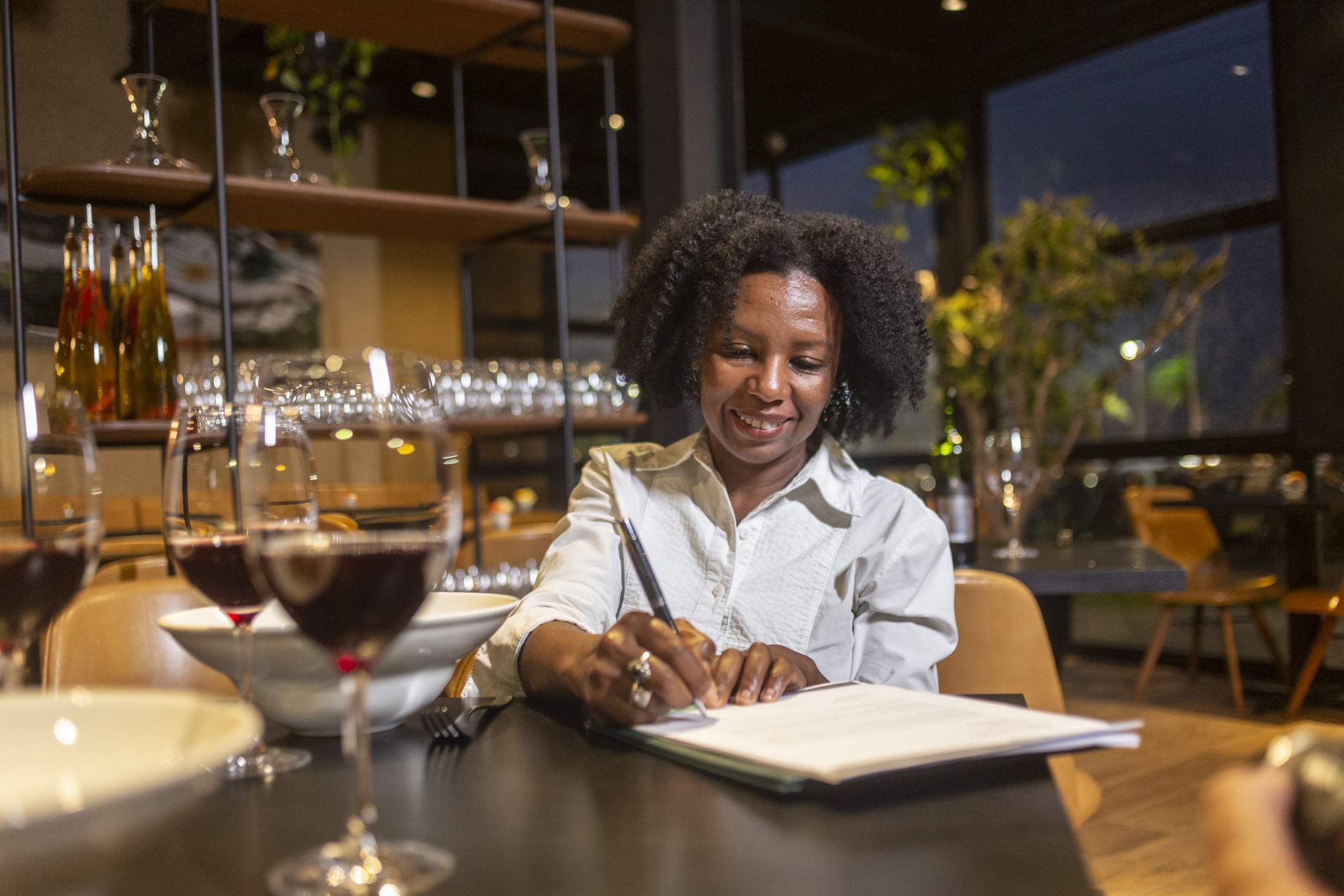The hospitality industry has demonstrated remarkable resilience and adaptability over the past five years amidst economic challenges, shifting consumer preferences, technological advancements, and the ongoing digital transformation. In a recent conversation with OpenTable, industry leaders shared how these factors have influenced the current landscape and what the future holds for the industry.
Take a seat as we delve into conversation.
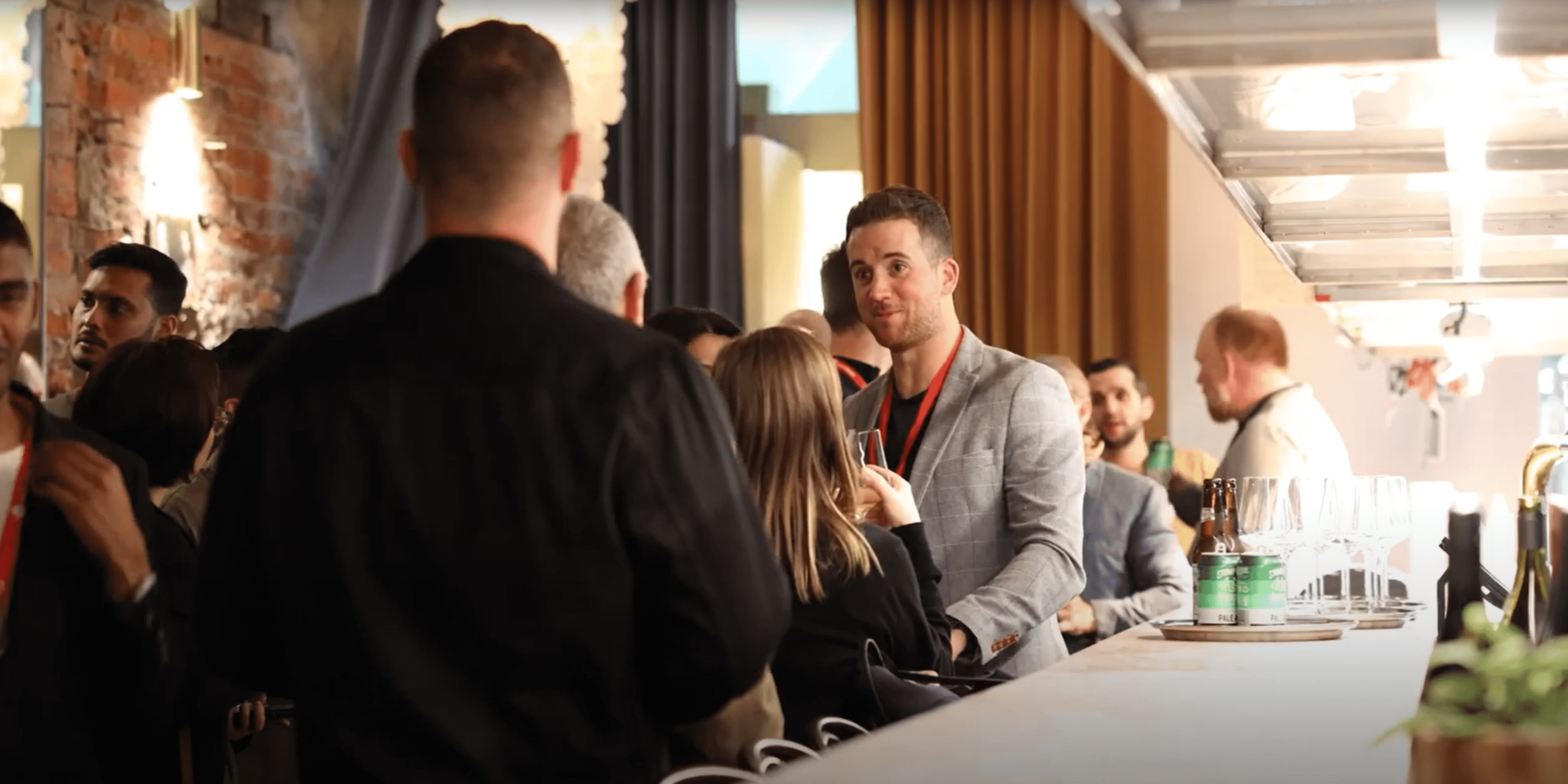
Setting the agenda
Hosted in Melbourne’s Askal and led by Drew Bowering, Senior Director of Sales & Services APAC, the discussion centered around two primary themes:
The state of the industry today
- Business viability amongst a dynamic economy
- Dining trends and consumer preferences
The future state of the industry
- Innovation
- Digital transformation
- Future outlook
Our panel of esteemed industry experts featured Charlie Carrington from Atlas Dining, Kirbie Tate from JAMES, Samara Schnick from Pinchy’s Co and Pearl Chablis and Oyster Bar, along with Andrew Fraser from Lightspeed.
Business viability amongst a dynamic economy
Drew reflected on the state of the industry in recent times. Staff shortages, border closures and “revenge dining” among patrons, have severely impacted the industry. Currently, the industry is contending with economic challenges and reduced consumer spending; with 90% of operators being affected according to the Lightspeed 2024 Hospitality Report. Many beloved establishments have closed operations as a result.
Drew passes to Samara to weigh in on any additional challenges her business has faced.
“The hardest thing is finding people that will stay with your business… and the cost of rehiring, the cost of retraining” Samara states. This has instigated a movement of increased wages as staff dictate higher salaries. The uncertainty of restaurant revenue during this time makes catering to this shift in staffing difficult, she says.
For Kirbie, the shift in consumer behaviour has disrupted established norms, impacting labour management week to week. Customers are now making more intentional dining choices instead of frequenting restaurants for lunch five times a week. “We find it really hard to manage our labour because it’s unpredictable week to week”, Kirbie says.

Dining trends and consumer preferences in 2024
Drew highlights that customers under 50 years of age have reduced spending more than those over 50, illustrating a disparity between customer willingness to pay above a certain amount, and restaurants’ financial needs. This has forced operators to find innovative ways of communicating value in the experiences they create, while retaining their customer base.
Drew asks Kirbie about whether customers are aware of the challenges faced by the industry and whether they understand the rising costs.
“I don’t think they really connect with the challenges of the industry…it’s naive to think that they will”, Kirbie says.
People are still concerned about what an experience will cost them, so businesses “need to solve that problem…it’s about us being clever with the costs” as opposed to people “understanding” it.
Andrew agrees and adds that it’s important for operators to be cost-effective and cites that approximately 50% of Lightspeed users are “electing to do surcharging and are passing on that payment fee to the customers”.
OpenTable’s recent data highlights an increase in solo dining, a preference for early reservations, and a peak in bookings around special events such as Valentine’s Day and Mother’s Day. Consumers now are engaging in cost saving, and opting to splurge more on special occasions.
In response, Charlie notes the appeal of introducing quarterly menus at his restaurant in generating customer interest, citing “there’s definitely a lot of FOMO” and has proven popular among customers while providing a creative outlet for the kitchen team to showcase their skills.
“Our concept definitely does bring people back. We have literally die-hard people who”ve been to every single menu”, Charlie says.
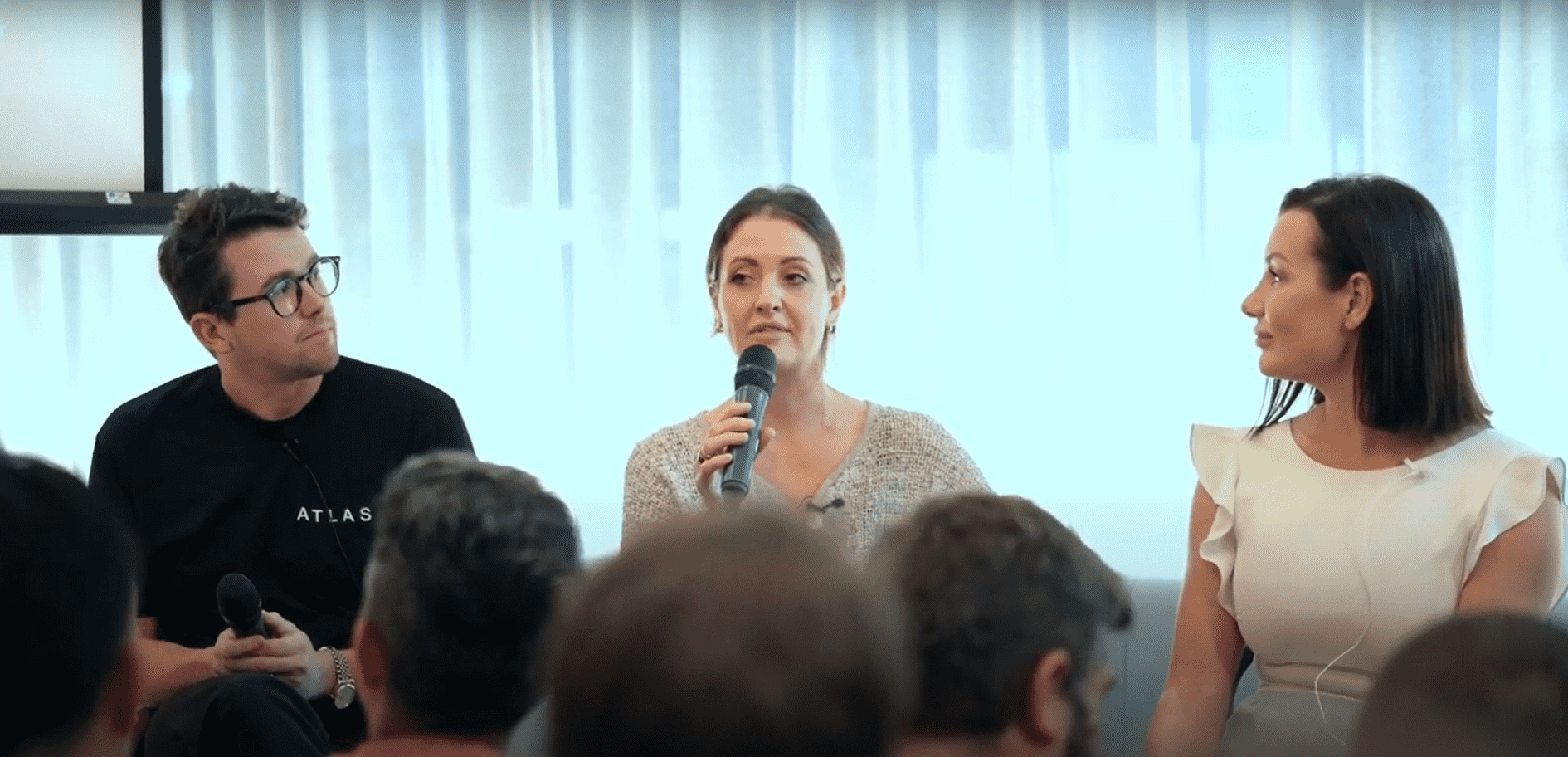
The panel also talked about the importance of recognising what’s not working and making changes to your business model if necessary.
Samara explains that Pinchy’s underwent a “huge shift” to align with customer preferences, transitioning to a menu featuring larger dishes and main courses after experiencing a “huge drop in the winter”. This shift aimed to ensure customer satisfaction during winter, but represented a significant departure from their initial menu to ensure Pinchy’s was delivering what customers wanted.
How technology has helped the restaurant industry grow
The panel discussed the impact of technology on the restaurant industry.
Charlie recognises that technology is “massive for hospitality”, particularly in improving operational efficiency and anticipates “restaurants will become way more efficient…because it’s way too labour-heavy compared to other industries.” he adds.
Kirbie believes that data insights are crucial for managing and expanding a business, and she anticipates technology will play a key role in this aspect in the future.
“To be able to get real time data to use is basically key to us being able to run these businesses well”.
Andrew agrees that technology can allow operators to save “time that can be reinvested elsewhere in the business”, leading to “the ability [for operators] to spend more time with your diners”.
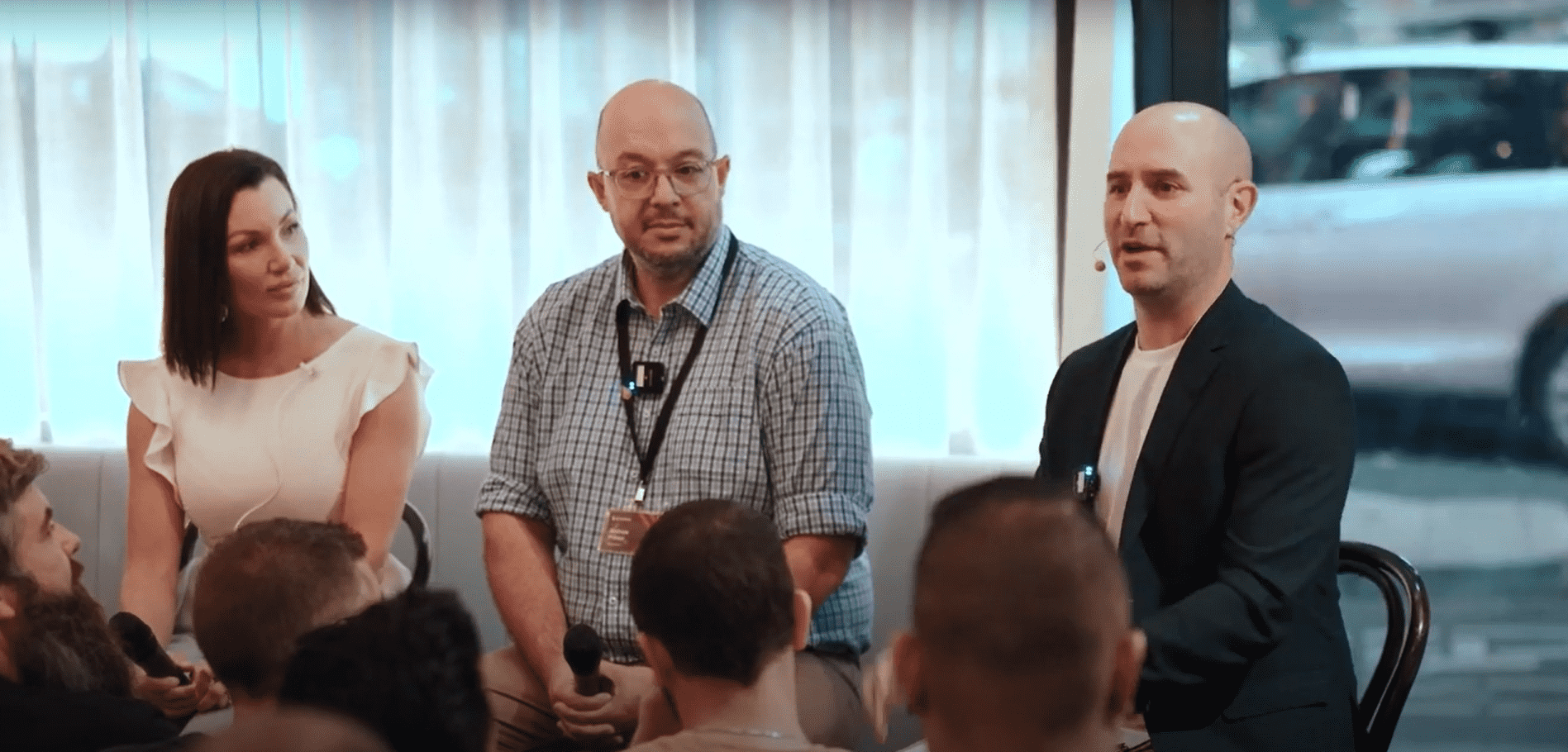
Integrating payments with POS systems and utilising a booking platform further streamlines operations. Additionally, Andrew highlights the potential of technology for providing real-time insights into costs, staffing, and customer preferences, signalling a promising trend towards more advanced reporting capabilities in the industry.
The growing influence of AI in the industry
The panel moves on to discuss the influence of AI in the hospitality industry.
Andrew detailed how Lightspeed utilises AI in the platform to better assist with menu creation, boosting profitability and customer appeal by using payments data.
“It analyses payment data, previous customer orders, and their return preferences”, Andrew elaborates.
“When customers return, it tracks their ordering patterns. Do they reorder the same items or try new ones?”
For Charlie, stock and inventory management driven by AI capabilities is what he would like to see in coming years.
“When you’re selling perishable products, it’s so important to not have wastage. So, if you’re able to see what you’ve got on hand and how you can move it, that would be a real dream I could imagine for most restaurants.”

Charlie also adds that if AI could take care of the more mundane tasks of operating a business, this will allow staff to focus on the “bigger picture, things that you’ love to have the time to do”.
What’s the future outlook for the industry?
The panel was asked to share what major trend and tech advancement we can expect to emerge in the near future.
For Charlie, “in 10 years from now the world will be more delicious and menus will be more delicious.” With Australia being one of the most “diverse places on earth”, he hopes to see Australian cuisine on the world stage beyond “outback steakhouse” with the number of talented chefs in the industry who are doing creative things.
Looking ahead, Andrew anticipates the upcoming launch of tech innovations like “wearables” within the next two years, which aim to reduce wait times between order placement and its receipt by the kitchen. The goal is to enhance the overall dining experience.
Samara cited “there’s a fine line between tech advancements taking away interpersonal connections. One of the most exciting things about going to a restaurant is dealing with the wait staff or speaking to the Somme about the perfect wine, there’s no AI that is going to be able to take away from that.”
Kirbie adds we will be talking about how we can maintain human connections while utilising AI.
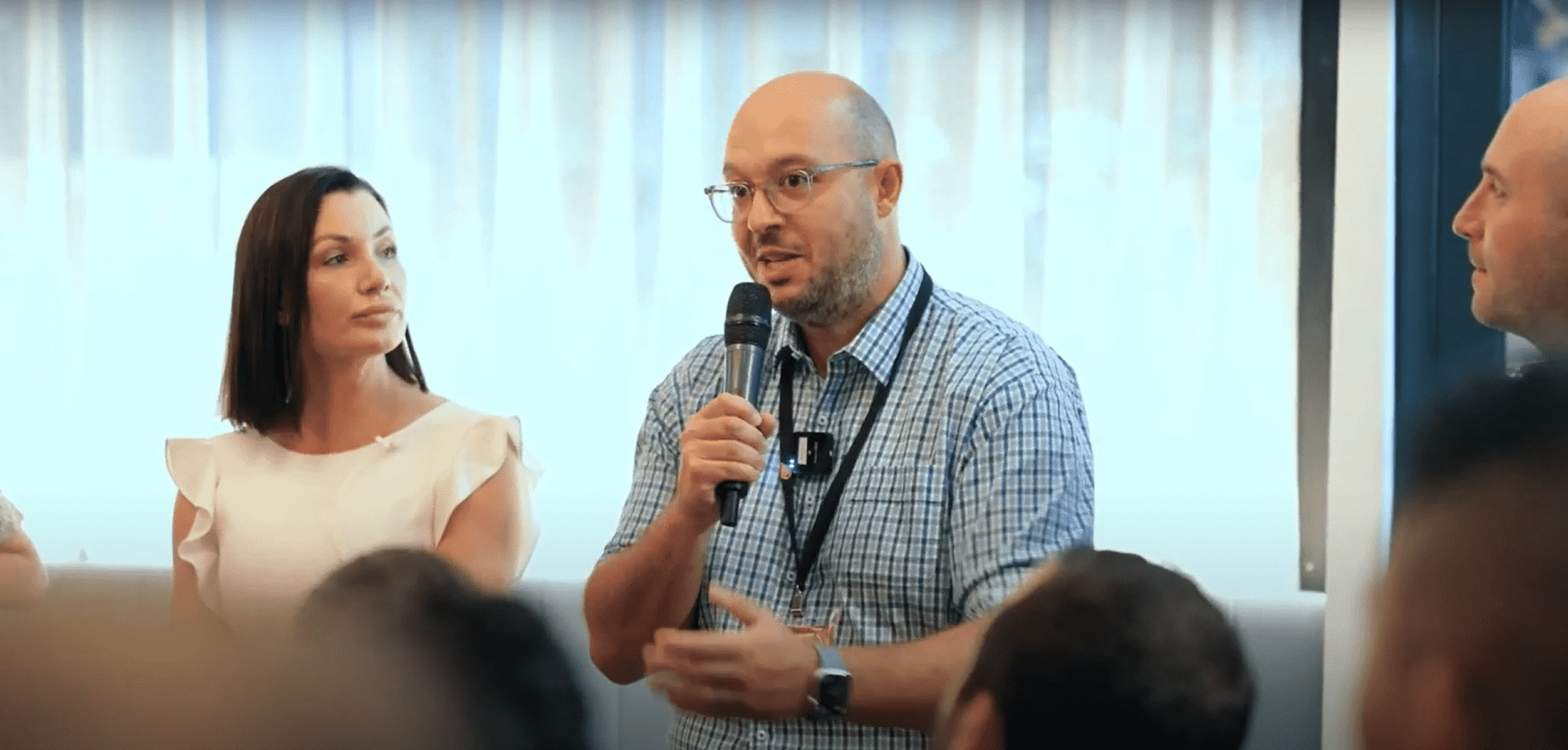
Wrapping up
The discussion concluded with a Q&A session discussing the potential implementation of dynamic pricing for menus to optimise revenue. The conversation also explored cost-saving strategies for operators, emphasising the importance of menu flexibility and innovative offerings. Addressing challenges like last-minute cancellations, particularly for large groups, sparked food for thought around the effectiveness of charging fees to manage such situations.

